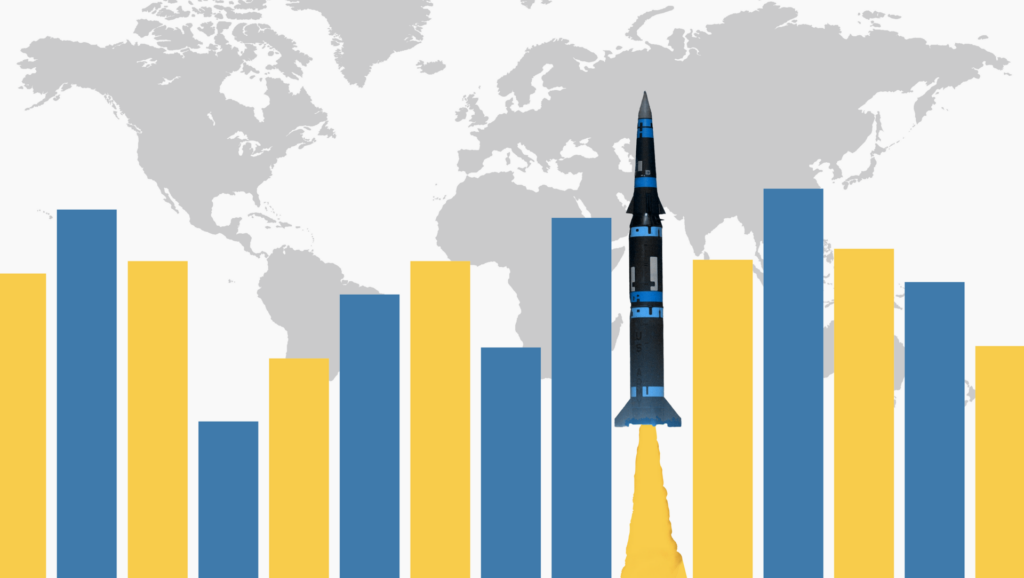“The sum of this data shows a familiar, albeit distinctly important, pattern: As nuclear weapon technologies surged forward, the world entered uniquely dangerous periods in which crises erupted despite a plethora of different nuclear capabilities. Crisis after crisis, steps to control an unchecked arms race were found to be both stabilizing and mutually beneficial—only to be discarded or violated, tempting disaster.”
By Andrew Facini, Bulletin of the Atomic Scientists | December 4, 2023 thebulletin.org

The way countries view nuclear weapons is shifting. As past arms control measures have ended or decayed, the United States, Russia, and China are investing heavily (again) in their nuclear arsenals, pursuing new capabilities and discarding constraints once seen as fundamentally stabilizing.
For those of us seeking to cultivate nuclear policies geared toward enhancing strategic stability, the current trend reflects a worrying loss of perspective—a forgetting of the hard-earned lessons of the Cold War. To help put today’s trends in their historical context, at team of the Council on Strategic Risks (CSR) developed a new visualization tool and information system that maps every type of nuclear weapon fielded by the five nuclear weapons states (P5) under the Nuclear Non-Proliferation Treaty (NPT)—China, France, Russia, the United Kingdom, and the United States—from their inception to present day.
Launched last week, the Nuclear Weapons Systems Project seeks a “qualitative rethink” by providing a curated data source for all major nuclear delivery systems ever deployed. By seeing more easily what has changed and when, users can better identify the benefits of states’ long trajectory of narrowing the types of nuclear capabilities in the world, understand the risks of a new expansion of nuclear capabilities, and develop ways to de-risk the current situation and prevent future security crises.
